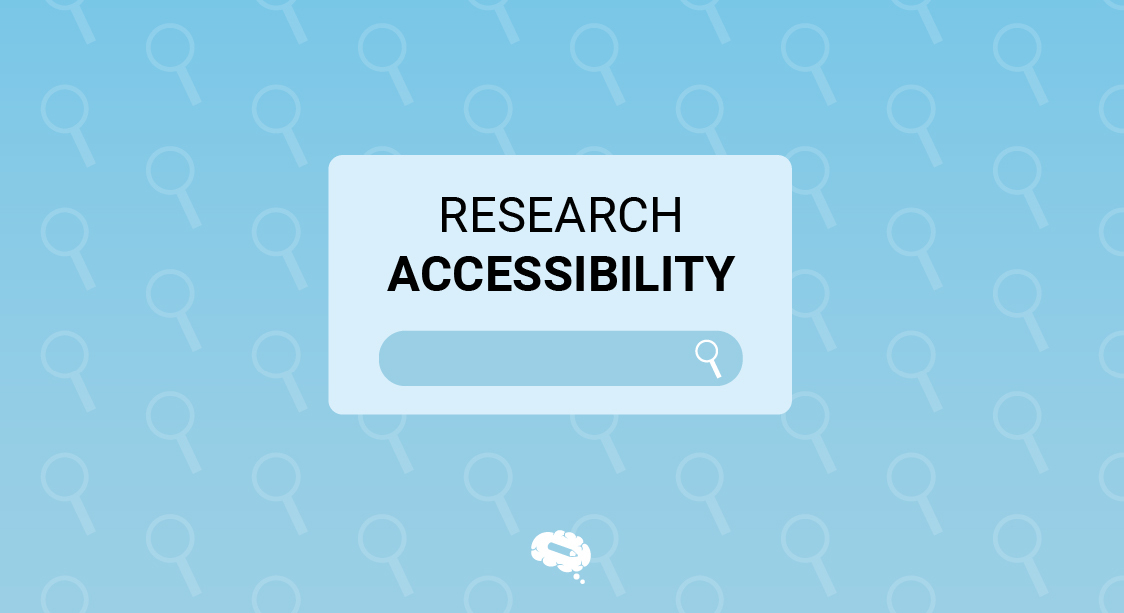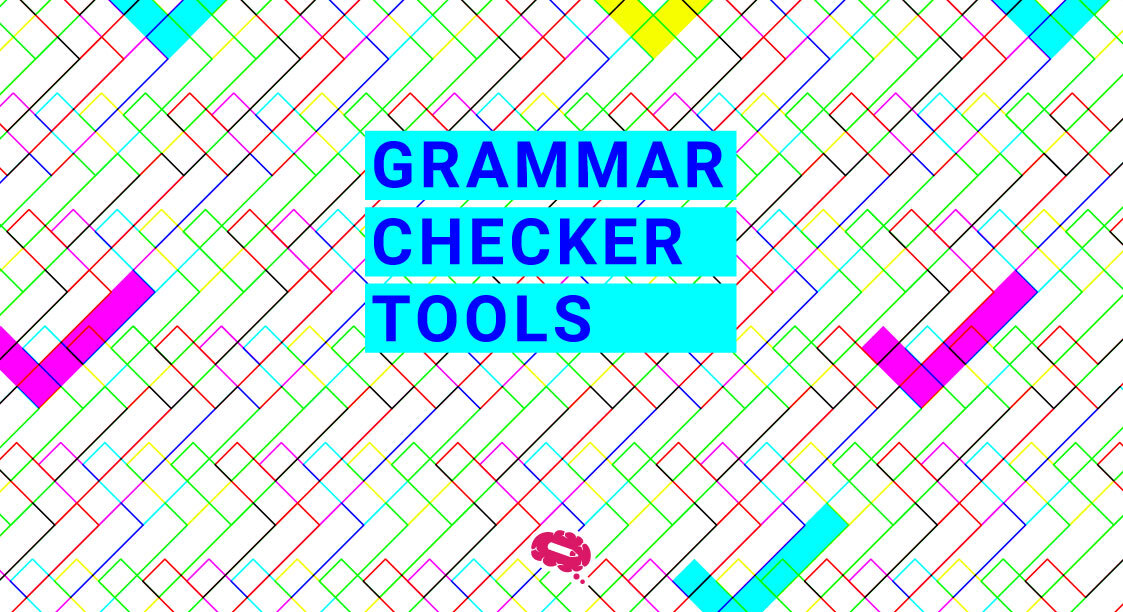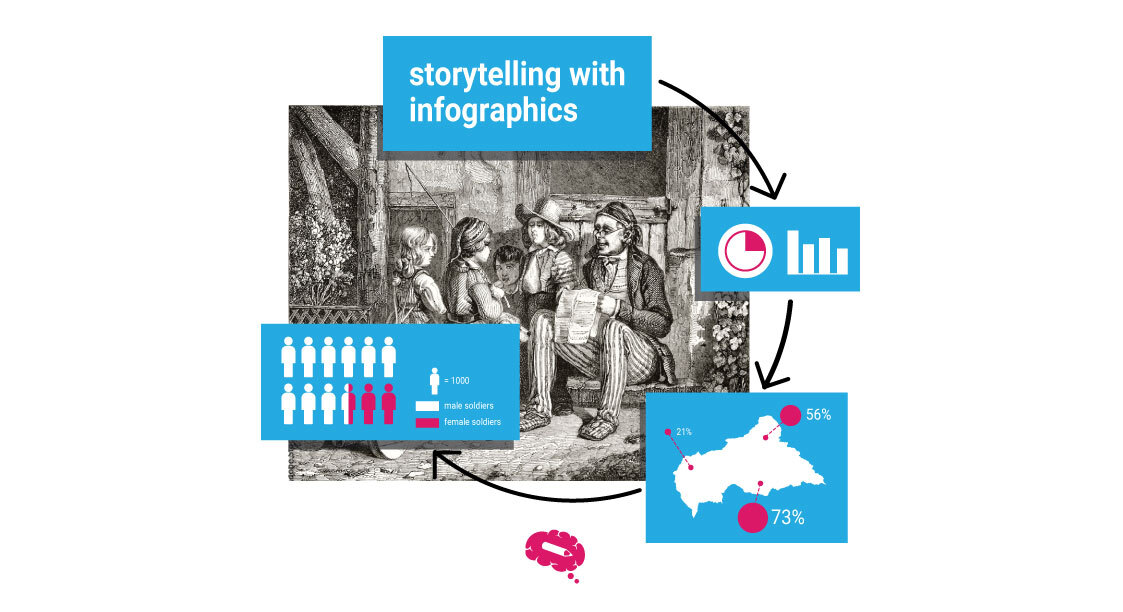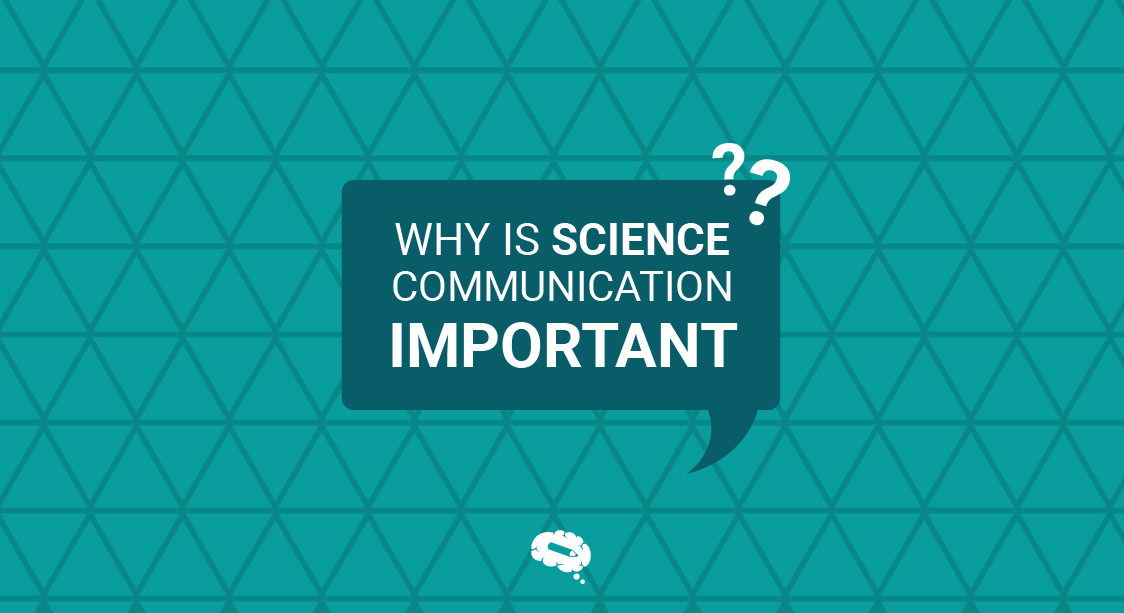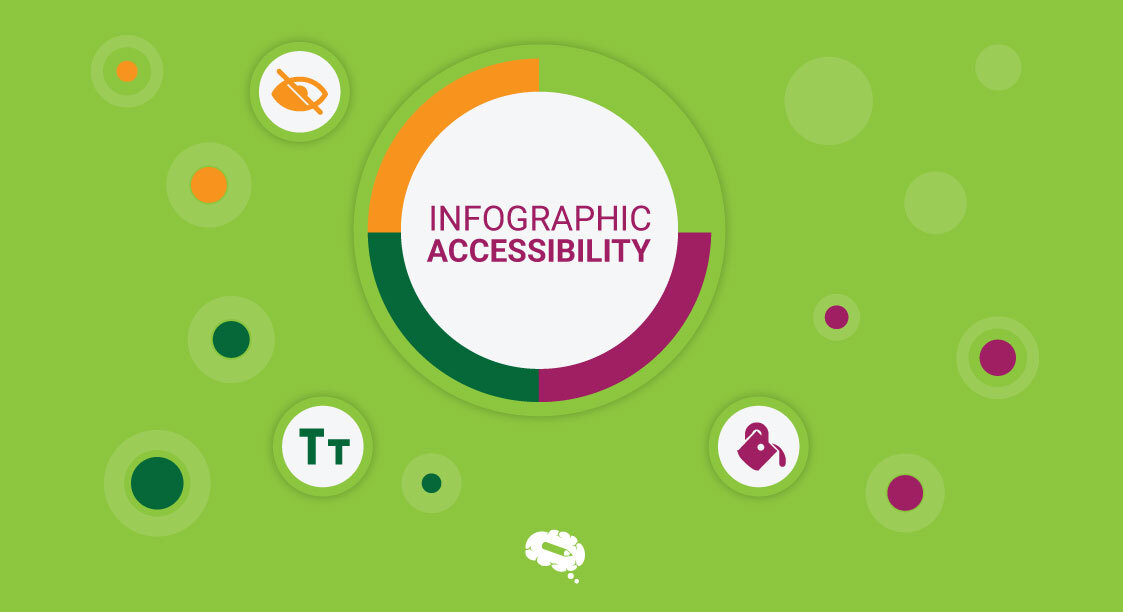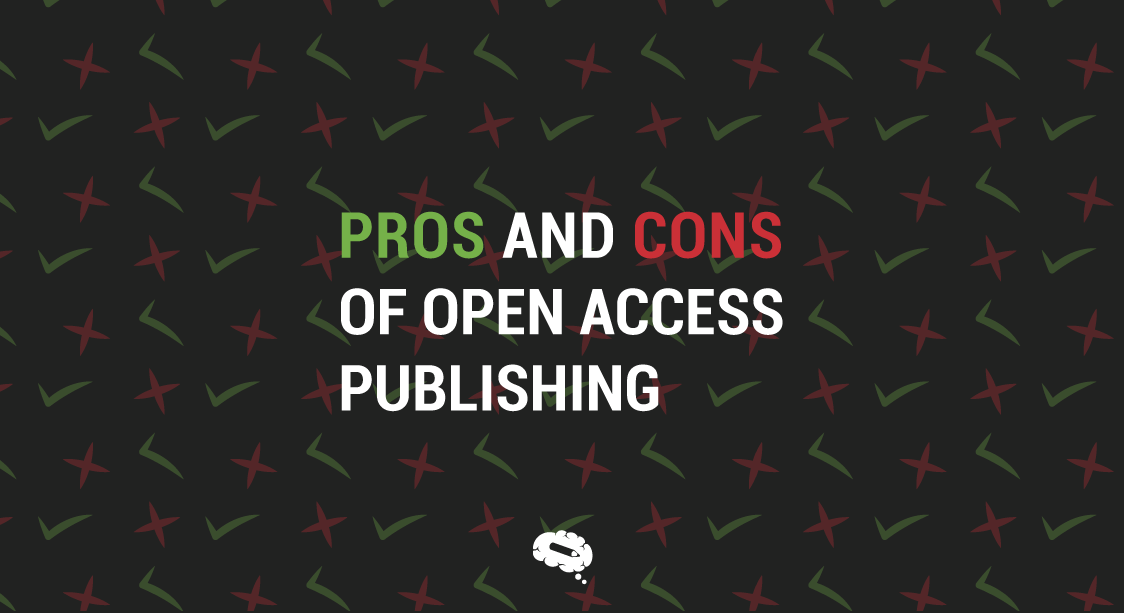Imagine a world where groundbreaking research findings are locked behind barriers, inaccessible to those with disabilities or limitations. This is the reality that many face, but it’s a reality that can, and should, be challenged. In the vast landscape of academia, where knowledge is both the currency and the cornerstone, ensuring that scholarly content is accessible to all individuals becomes not just a matter of convenience but a fundamental principle of equity. Accessibility in research isn’t just about research articles, it needs to be absorbed as a concept in every aspect of research starting from research design to the articles. Accessibility in research is not just about compliance; it’s about breaking down barriers and fostering inclusivity. Do you want to know more about what all we can change in the research to make it accessible at every step? So, let’s dive in together!
In this blog article, we’ll delve into the critical role that accessibility plays in the realm of research, exploring its importance, impact, and the ways in which it drives innovation and collaboration within academia. Take a journey to uncover the significance of accessibility in breaking down the walls that have long hindered the dissemination of knowledge.
Understanding Accessibility
Accessibility refers to the degree to which something (such as a product, service, environment, or digital content) is available and usable by individuals with diverse abilities, disabilities, or limitations. In essence, it ensures that everyone, regardless of their physical or cognitive characteristics, can perceive, understand, navigate, and interact with the given entity (product, service, environment, or digital content). You can read more about the barriers here.
Accessibility aims to eliminate those barriers and create inclusive experiences, enabling equal participation and opportunity for all individuals, regardless of their differences. It encompasses various aspects, including physical accessibility (such as wheelchair ramps), digital accessibility (such as screen-reader compatibility), and cognitive accessibility (such as clear and simple language).
Accessibility in research can bring the following to the research culture:
- Inclusivity: Accessibility ensures that individuals with disabilities or limitations can equally participate in the scholarly discourse, promoting a diverse and inclusive academic community.
- Equity: It aligns with principles of fairness and equity, granting all researchers and readers, regardless of abilities, the opportunity to engage with and contribute to research.
- Expanded Reach: Accessible research papers can reach a wider audience, including those with disabilities, thereby increasing the dissemination and impact of research findings.
- Enhanced Collaboration: When research papers are accessible, scholars from diverse backgrounds and abilities can collaborate more effectively, fostering a rich exchange of ideas and perspectives.
- Innovation: Accessible research promotes innovation by enabling individuals with disabilities to build upon existing knowledge, potentially leading to novel discoveries and advancements in various fields.
- Compliance and Responsibility: Ensuring accessibility aligns with ethical and legal responsibilities to accommodate individuals with disabilities, reflecting the values of integrity and social responsibility in academia.
Accessibility And Inclusivity In Research
In the context of research, inclusivity refers to the practice of actively involving individuals from diverse backgrounds, perspectives, and abilities in the research process. This encompasses ensuring that research methods, procedures, and outcomes are accessible and relevant to a wide range of participants, regardless of factors such as age, gender, ethnicity, socioeconomic status, or physical and cognitive abilities. Inclusivity in research aims to promote equity, diversity, and representation, ultimately leading to more comprehensive and impactful outcomes. It involves fostering an environment where all voices are heard, valued, and respected throughout the research journey, from the formulation of research questions to the dissemination of findings.
Accessibility In Research Design
This involves designing research studies in a way that accommodates the needs of all potential participants, regardless of their physical, cognitive, sensory, or technological capabilities. Accessibility in research design encompasses various aspects, including:
- Participant Recruitment: Ensuring that recruitment materials and processes are accessible and inclusive, allowing individuals with disabilities or limitations to easily understand and engage with the study.
- Informed Consent: Providing accessible formats for informed consent documents, such as easy-to-read versions or alternative formats for individuals with visual impairments.
- Data Collection Methods: Selecting and adapting data collection methods and instruments to accommodate diverse communication styles, sensory abilities, and cognitive capacities.
- Physical Environment: Creating research spaces that are physically accessible to individuals with mobility impairments, ensuring wheelchair ramps, elevators, and other accommodations are available as needed.
- Technology and Tools: Utilizing accessible technologies and tools for data collection, analysis, and presentation, such as screen readers, captioning, and alternative input devices.
Please read this explanation by Taylor and Francis: “Why is accessibility important for your research paper?“.
- Communication: Ensuring clear and effective communication throughout the research process, including providing information in multiple formats and languages to accommodate diverse needs.
- Ethical Considerations: Addressing ethical considerations related to accessibility, such as ensuring the privacy and confidentiality of participants with disabilities and obtaining informed consent in an accessible manner.
Incorporating Accessibility In Research Design
Building accessible research designs involves employing various strategies to ensure that the research process is inclusive and accommodating to individuals with diverse abilities, disabilities, or limitations. Here are several strategies for creating accessible research designs:
- Engage Stakeholders: Involve individuals with disabilities or representatives from disability advocacy groups in the research design process to gain insights into accessibility needs and preferences.
- Conduct Accessibility Assessments: Evaluate the accessibility of research materials, methods, and environments using accessibility checklists, guidelines, or expert reviews to identify potential barriers and areas for improvement.
- Provide Multiple Modes of Communication: Offer information and instructions in multiple formats (e.g., written, verbal, visual) to accommodate different learning styles and communication preferences.
- Use Universal Design Principles: Apply universal design principles to research materials and tools, aiming to make them usable by the widest range of individuals without the need for adaptation or specialized design.
- Adapt Data Collection Methods: Modify data collection methods and instruments to accommodate diverse abilities and disabilities, such as providing alternative response options for participants with mobility or sensory impairments.
- Offer Assistive Technologies: Provide access to assistive technologies and tools (e.g., screen readers, magnifiers, alternative input devices) to support participation and engagement for individuals with disabilities.
- Ensure Physical Accessibility: Select research locations that are physically accessible to individuals with mobility impairments, ensuring the availability of ramps, elevators, and accessible facilities.
- Use Clear and Plain Language: Present information in clear, plain language to enhance comprehension and accessibility for individuals with cognitive or language-related disabilities.
- Offer Flexible Participation Options: Allow for flexible participation options (e.g., remote participation, alternative scheduling) to accommodate diverse needs and preferences, particularly for individuals with mobility or transportation challenges.
- Address Ethical Considerations: Consider ethical implications related to accessibility, such as ensuring informed consent procedures are accessible and respecting the autonomy and privacy of participants with disabilities.
Incorporating accessibility into research design can pose several challenges, often stemming from systemic, technological, or attitudinal barriers. Common obstacles include:
- Lack of Awareness: Many researchers may not be fully aware of accessibility principles or the specific needs of individuals with disabilities, leading to oversight or neglect of accessibility considerations in research design.
- Limited Resources: Accessibility enhancements may require additional resources, such as funding for assistive technologies, specialized training for researchers, or modifications to research protocols, which may be challenging to obtain.
- Complexity of Guidelines: Accessibility guidelines and standards, such as WCAG (Web Content Accessibility Guidelines), can be complex and technical, making them difficult to understand and implement effectively without specialized expertise.
- Technological Limitations: Some research tools and platforms may lack built-in accessibility features or support for assistive technologies, limiting the options available for creating accessible research designs.
- Time Constraints: Incorporating accessibility considerations may require additional time for planning, design, and implementation, which may conflict with tight research deadlines or project timelines.
- Resistance to Change: Researchers and stakeholders may be resistant to adopting accessibility practices due to perceived challenges, misconceptions, or a lack of perceived importance.
- Inconsistent Policies and Practices: Inconsistent or inadequate policies and practices related to accessibility in research institutions or funding agencies can hinder efforts to prioritize accessibility in research design.
- Limited Collaboration: Collaboration between researchers, accessibility experts, and individuals with disabilities may be limited, leading to a lack of diverse perspectives and insights in addressing accessibility challenges.
- Legacy Systems and Infrastructure: Research projects may rely on legacy systems or infrastructure that are not designed with accessibility in mind, making it difficult to retrofit or adapt them to meet accessibility requirements.
- Legal and Regulatory Compliance: Meeting legal and regulatory requirements related to accessibility, such as disability discrimination laws or accessibility standards, may present challenges for researchers, particularly when requirements are unclear or inconsistently enforced.
Accessibility In Research Publication
Research is crucial in academia, but accessibility to findings has been limited for individuals with disabilities. The movement for accessible research publications aims to create an inclusive environment where all can engage with and contribute to the advancement of knowledge. To improve accessibility in research publications, we can:
- Provide Accessible File Formats: Offer research publications in accessible file formats, such as tagged PDFs or HTML versions, which are compatible with screen readers and assistive technologies.
- Use Clear and Plain Language: Write research papers in clear and plain language to enhance readability and comprehension for individuals with cognitive or language-related disabilities.
- Include Descriptive Text: Provide descriptive text for images, graphs, and other visual elements to make the content accessible to individuals with visual impairments who rely on screen readers or alternative formats.
- Ensure Structural Accessibility: Use proper heading levels, lists, and formatting to create a logical and navigable structure in research papers, facilitating ease of navigation for individuals using assistive technologies.
- Caption and Transcribe Multimedia: Caption videos and transcribe audio content to ensure accessibility for individuals with hearing impairments, providing alternative formats for accessing multimedia content.
- Use Accessible Tables: Design tables in research papers using accessible formats and provide clear row and column headers, enabling individuals using screen readers to access and interpret tabular data effectively.
- Provide Alternative Text Versions: Offer alternative text versions of research papers for individuals who may have difficulty accessing standard formats, such as Braille or large print versions.
- Implement Accessible Web Design: Ensure that research publications hosted online comply with web accessibility standards, such as WCAG (Web Content Accessibility Guidelines), to make them accessible to individuals using assistive technologies to navigate the web.
- Promote Interoperability and Compatibility: Ensure that research publications are compatible with a wide range of assistive technologies and devices, allowing individuals to access content using their preferred tools.
- Engage with Accessibility Communities: Seek feedback from individuals with disabilities and accessibility experts to identify areas for improvement and incorporate accessibility considerations into research publication processes.
Tools To Improve Accessibility Of The Research Paper
Screen Reader Compatibility
Screen readers, such as JAWS (Job Access With Speech), NVDA (NonVisual Desktop Access), and VoiceOver, are essential tools for users who are blind or visually impaired. These programs read out the text displayed on the screen and convert it into speech or Braille output. To ensure compatibility, researchers should use semantic HTML tags appropriately and provide alternative text (alt text) for images, graphs, and charts. This allows the screen readers to interpret and convey the content accurately, making the research accessible to those who rely on auditory or tactile feedback.
Accessible Document Formats
Creating documents in accessible formats using tools like Microsoft Word, Adobe Acrobat, and LaTeX with accessibility packages ensures that research papers are usable by everyone, including those with disabilities. These programs offer features such as the ability to add alt text for images, create proper heading structures, and tag documents for navigation. By utilizing these features, researchers can produce documents that are easier to navigate and understand for users of screen readers and other assistive technologies.
Text-to-Speech (TTS) Technology
Text-to-Speech (TTS) technology, available through tools like Natural Reader, Google Text-to-Speech, and Read Aloud, converts written text into spoken words, which benefits individuals with visual impairments or reading disabilities. Ensuring that research papers are compatible with TTS tools means providing a text format that these tools can easily interpret. This enhances accessibility by allowing users to listen to the content rather than reading it, which can be particularly useful for lengthy and complex research papers.
Color Contrast And Text Size
Ensuring adequate color contrast and text size is crucial for readability, particularly for individuals with visual impairments. Tools like the WebAIM Contrast Checker and Accessible Colors help researchers check and adjust color contrast ratios to meet accessibility standards. Additionally, making sure that text size can be adjusted without loss of content or functionality allows users with varying levels of visual acuity to read the text comfortably. This ensures that the research paper is visually accessible to a broader audience.
Captioning And Transcripts For Multimedia
Providing captions and transcripts for multimedia content, such as videos or audio recordings, is vital for making research accessible to individuals who are deaf or hard of hearing. Tools like YouTube Automatic Captions, Amara, and Otter.ai can assist in creating accurate captions and transcripts. This practice not only aids those with hearing impairments but also benefits non-native speakers and those who prefer reading over listening. Including this information ensures that all multimedia components of the research are accessible.
Alt Text And Descriptions For Images
Adding descriptive alt text for images is a key accessibility feature that aids users who rely on screen readers. Tools like Axess Lab Alt Text Tools and the WAVE Browser Extension can help researchers write effective alt text that describes the content and context of images, graphs, and charts. This allows users with visual impairments to understand the visual elements of the research paper through auditory descriptions, making the overall content more inclusive.
Simplified Language And Readability Tools
Using simplified language and readability tools like Hemingway Editor and Grammarly can make research papers more accessible to individuals with cognitive disabilities or lower literacy levels. These tools help researchers write clear, concise, and straightforward text, reducing complexity and enhancing comprehension. By ensuring that the language used is accessible, researchers can reach a wider audience and make their findings understandable to all readers, regardless of their cognitive abilities.
Also read: 11 Best Grammar Checker Tools For Academic Writing
Accessible Math And Science Notations
Tools like MathJax and LaTeX with accessibility features are essential for making mathematical and scientific notations accessible. These tools ensure that equations, formulas, and other scientific symbols are readable by screen readers and other assistive technologies. By using these tools, researchers can present complex mathematical and scientific content in a way that is accessible to users with visual impairments or learning disabilities, thereby broadening the accessibility of their work.
Keyboard Accessibility
Ensuring that all interactive elements in a research paper, such as links, forms, and navigation, are accessible via keyboard is crucial for users who cannot use a mouse. Tools like the WebAIM Keyboard Accessibility Checker help identify and fix issues related to keyboard navigation. By making sure that all functions can be performed using only the keyboard, researchers can make their papers more accessible to individuals with motor disabilities or those who prefer keyboard navigation.
Web Accessibility Evaluation Tools
Web accessibility evaluation tools like WAVE, Axe, and Lighthouse are invaluable for assessing and ensuring the accessibility of online research publications. These tools identify accessibility issues and provide suggestions for improvements, helping researchers comply with web accessibility standards such as WCAG (Web Content Accessibility Guidelines). By using these tools, researchers can ensure that their online content is accessible to all users, including those with disabilities.
Digital Libraries And Repositories
Publishing research papers in digital libraries and repositories that adhere to accessibility standards, such as PubMed Central, arXiv, and JSTOR, ensures that the content is available to a wider audience. These platforms often have built-in accessibility features and policies that promote the inclusion of accessible documents. By choosing to publish in these venues, researchers can enhance the visibility and accessibility of their work to diverse audiences.
Use of ARIA (Accessible Rich Internet Applications)
Implementing ARIA roles and properties within HTML helps enhance the accessibility of web content by providing additional information to assistive technologies. ARIA attributes can define roles, states, and properties that make dynamic content and complex web applications more accessible. By incorporating ARIA into their web-based research papers, researchers can ensure that their content is navigable and understandable for users who rely on assistive technologies like screen readers.
How Mind the Graph Could Be Helpful In Making Your Research Accessible?
With a wide variety of icons, illustrations, and templates for representing your research, Mind the Graph will help you communicate your ideas clearly. Reach out to us and unleash the power of graphical abstracts with Mind the Graph!

Subscribe to our newsletter
Exclusive high quality content about effective visual
communication in science.

